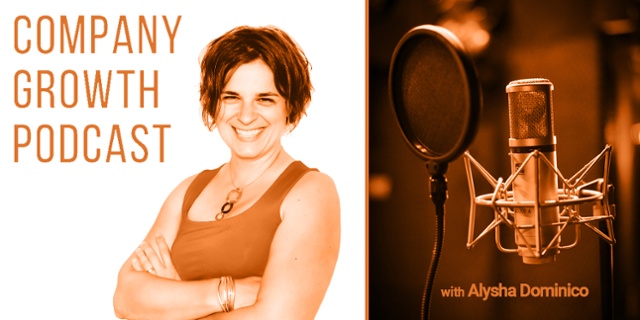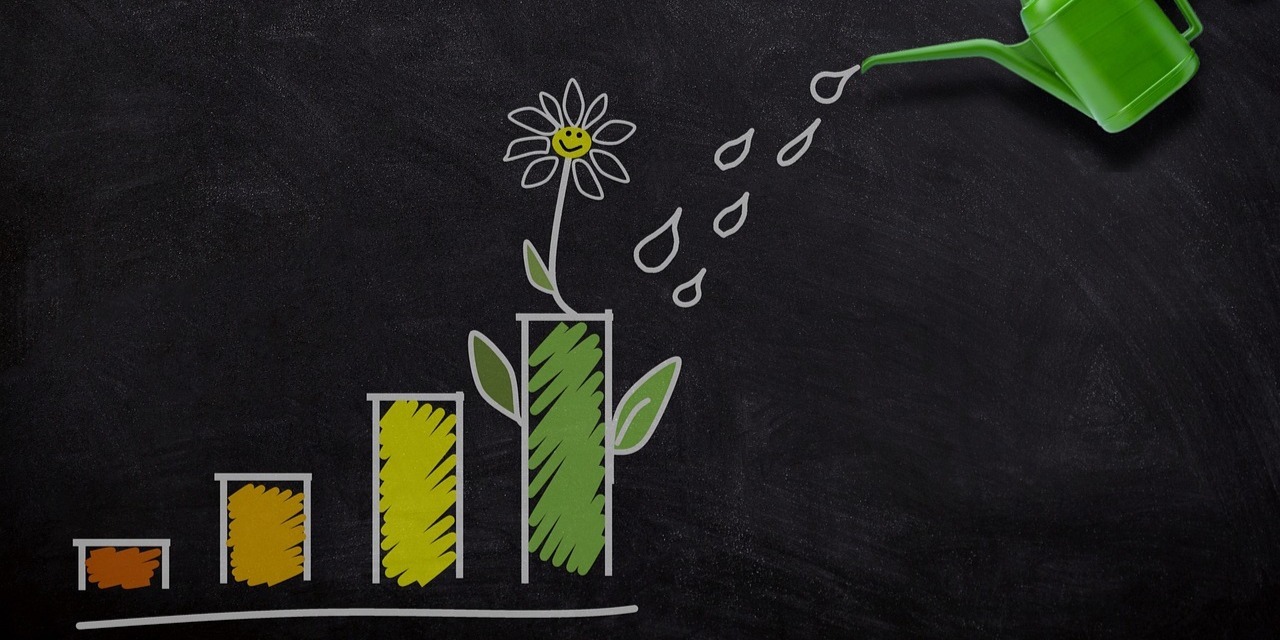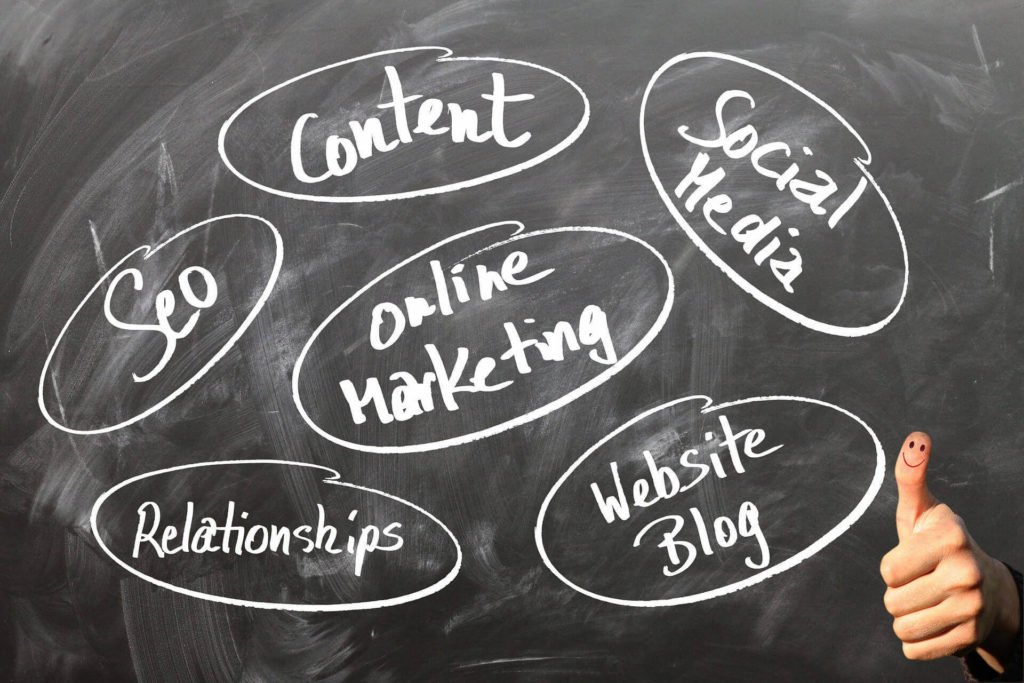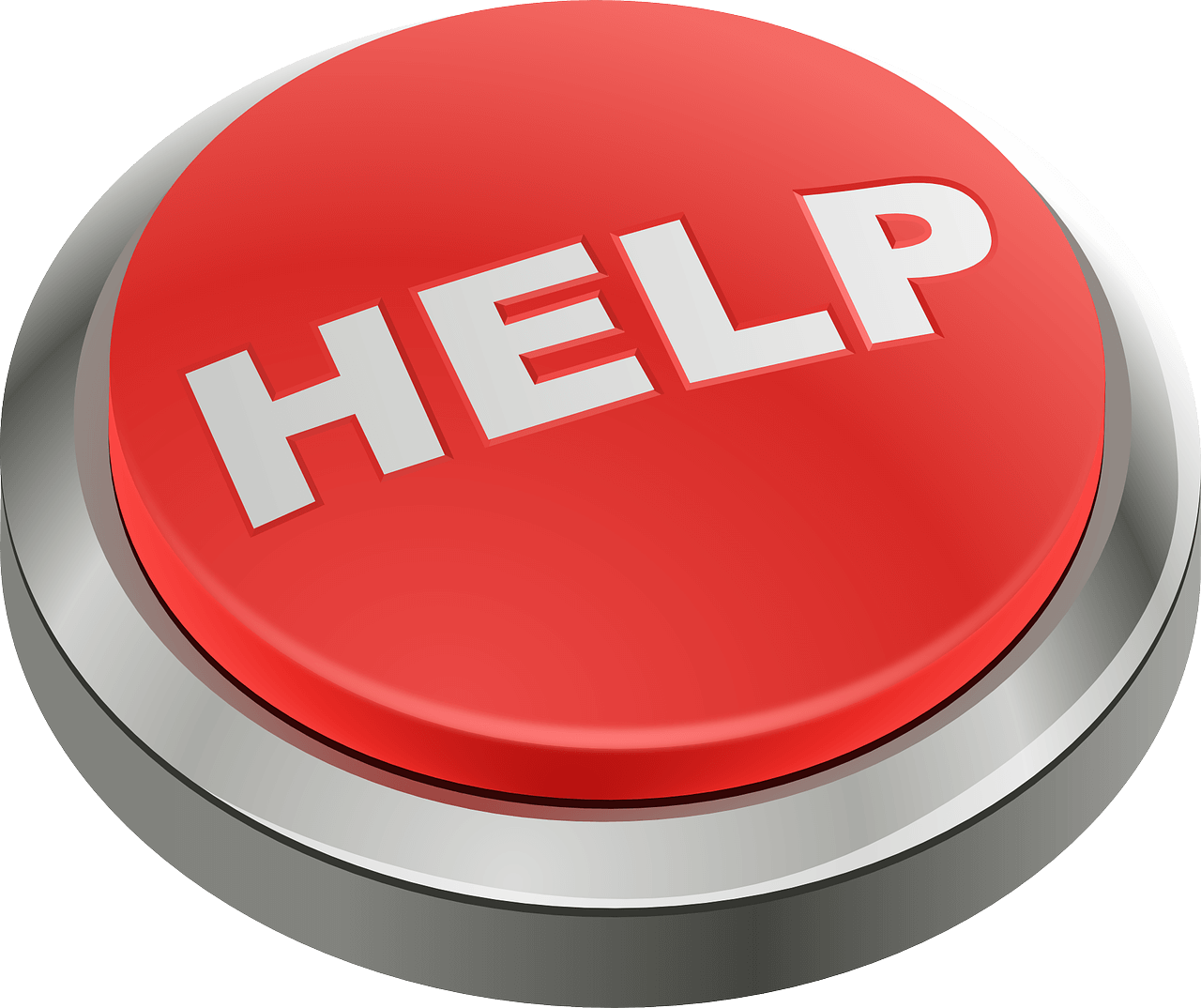SHARE
Separate Your Target Audiences to Help Prospects Make a Purchase
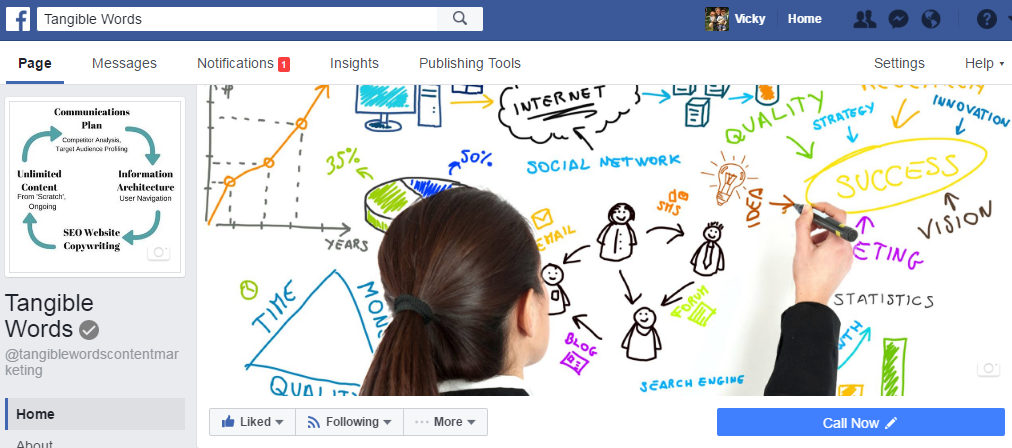
In sales, you always want to match your product or service's emotional benefits with motivations of your target audience. One of the biggest problems we see small businesses having when they try to re-write their website content is that they don't realize they actually have multiple target audiences, and they try to use the same emotions to appeal to each slice of the whole audience pie.
The cost of not realizing that different emotions motivate each slice of your audience is that you won't engage anyone. So here's an exercise to help you figure out the different emotions each target audience segment might be feeling.
3 Tips to Help You Identify Emotions:
- First, write down all the different audiences you think you have, then use these tips to help you generate the answer to what emotions will motivate them to use your services. For example, one of our clients has three audiences: municipal governments in Canada; teachers in Ontario (near Ottawa); and eastern Ontario landowners. All of these audiences will come onto this client's website looking for different things, so we need to give each audience the right message for them.
- Second, in "Made To Stick", Chip and Dan Heath suggest you find the emotions behind your product by asking "Why" three times. Why does this product matter to prospect X? But why? Why? Each successive answer takes you closer to the feeling generated -- even when you think your product has "the emotional capacity of a teaspoon" (to quote another great mind: Miss Hermione Granger!)
- Third, consider what Jonah Berger in "Contagious" itemizes as "high arousal emotions" vs "low arousal emotions". Low arousal emotions do not encourage your prospect to take action, some of these emotions are "contentment" and sadness. High arousal emotions could be excitement, inspiration - and on the negative side (which can still encourage action, particularly if you are a NFP looking to incite people about an issue you care about): anger and anxiety. Think about which "high arousal" emotions your product inspires - generally these are the emotions that make your pulse beat more quickly.
And finally, before you write, make sure you'll be ready to describe the scene. Once you have an idea for what emotions align your product with your prospect, describe the scene of the emotion. The word "joy" likely won't trigger your audience to feel it. Instead, describe the joy felt in discovering the solution to the X problem you solve; then, you're more likely to trigger the feeling in them.
Keep reading articles that will help you drive prospects to make the purchase:
- What is the difference between a feature and benefit?
- Your website should treat every visitor like your best customer.
- Here's how consistency makes you money.
Topics
- Content Creation (297)
- Growth-Driven Design Websites (167)
- Inbound Marketing (144)
- Sales Growth (133)
- Tangible Words (111)
- Search Engine Optimization (85)
- Social Media Marketing (83)
- Blogging for Business (75)
- Hubspot (75)
- Economic Development (64)
- Events & Training (60)
- Company Growth Podcast (49)
- Manufacturing (47)
- Tourism (46)
- Email Marketing (42)
- Case Stories (40)
- Testimonials & Client Feedback (36)
- Education and SaaS (23)
- Google (21)
- Careers (19)
- Inbound Marketing Agency (19)
- Cool Companies (18)
- FAQ (16)
- Alysha Dominico (13)
- Associations (7)
- Food and Beverage (7)
TW Blog Sign-Up
Learn more about how to grow your business and improve your sales team process.

